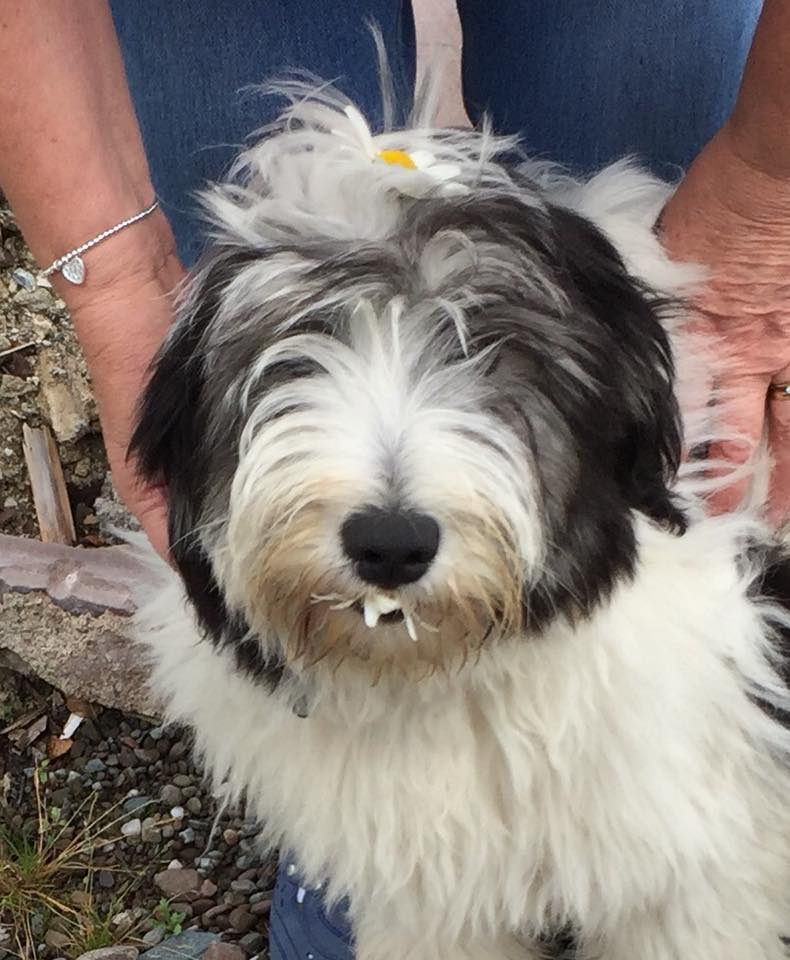Generally this is a healthy, hardy breed. Like all dogs they need to be fed and exercised correctly, be kept clean and groomed, and mentally stimulated.
Health Update 2025 - the new Breed Health Standards
- The Kennel Club have announced a new evidence-based approach to health testing, the Health Standard.
Good Practice schemes and tests
We strongly recommend that breeders, at a minimum, conduct these tests before breeding, as evidence indicates these conditions are a significant concern in the breed.
• Prioritising genetic diversity
The COI tool on the Kennel Club's website can help with this. You can find more information on breed diversity status in the following files: Population analysis of the Polish Lowland Sheepdog breed 2015; Population analysis of the Polish Lowland Sheepdog breed 2024
Best Practice schemes and tests
These tests address conditions that are still significant for the breed, though they may not be as critical as those listed under Good Practice. They might be less common or newly identified, and research is ongoing to determine their full impact.
To support the breed’s health, responsible breeders should ensure they complete all tests in both categories. Following our Best Practice guidelines means completing both the Good Practice and Best Practice tests for your breed.
• Eye testing using the BVA/KC/ISDS Eye Scheme
• Hip testing (for hip dysplasia) using the BVA/KC Hip Dysplasia Scheme
We have given feedback to the Kennel Club as part of the consultation process. As a club we are of the opinion that hip scoring, DNA testing for PRA-rcd4 and eye screening should all be best practice for the breed. We are in agreement that best breeding practices to minmise inbreeding (due to small population size) should be utilised and have provided members with written advice regarding the use of popular sires, co-efficient of in breeding tools and information on how to access health test results online. Read our code of ethics.









